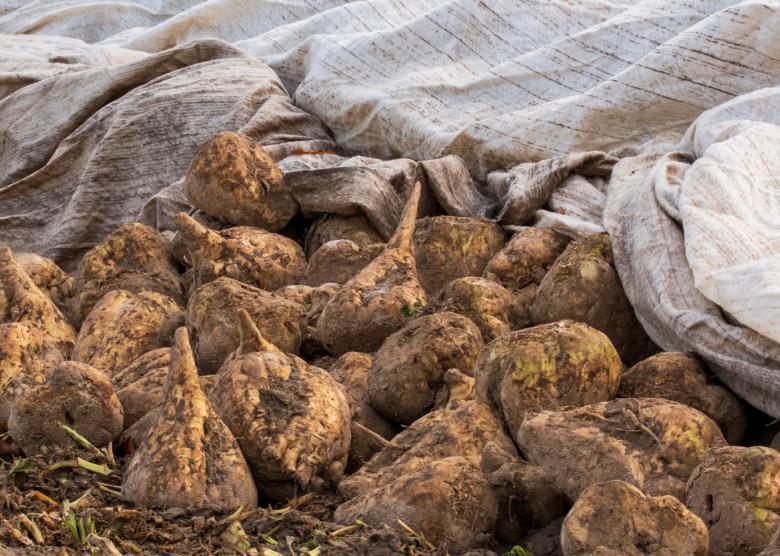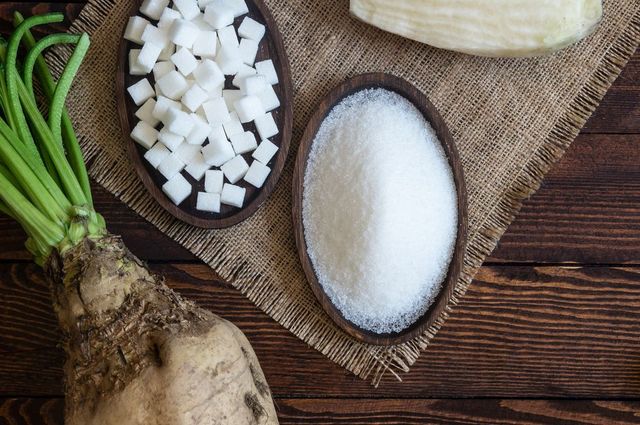The Excellent Dispute: Beet Sugar Vs Walking Cane and Their Effect On Wellness
The ongoing discussion bordering beet sugar and walking cane sugar raises essential concerns regarding their corresponding health and wellness effects and broader effects for consumer selections. While both sweeteners share a similar chemical structure, their origins and handling methods may affect not just nutrition yet likewise environmental sustainability. As health-conscious people weigh the benefits of each alternative, the implications of chemical direct exposure and agricultural methods come right into emphasis. This conversation invites us to consider not just the sweetness we pick, but the far-reaching impacts of those options on our wellness and the world. What might this suggest for future consumption patterns?
Introduction of Sugar Resources
Sugar, a widely taken in sweetener, largely stems from two major resources: sugar beets and sugar cane. These crops are grown in different areas around the globe, each adding to the global sugar supply in distinct means. Sugar cane thrives in subtropical and exotic climates, with major producers including Brazil, India, and China. The plant is harvested for its stalks, which are then refined to extract juice and crystallize sugar.
Conversely, sugar beetroots are mostly grown in warm regions, with substantial manufacturing in countries such as the United States, France, and Germany. The beets are harvested from the ground, cut, and based on a process that transforms the removed juice right into granulated sugar. While both sugar resources eventually produce sucrose, their farming methods, processing approaches, and geographical distributions differ noticeably.
These differences can influence not just the environmental influence of sugar production but additionally the economic facets of sugar prices and profession. Comprehending the origins of these sugar is important for policymakers and customers alike, as it lays the foundation for notified discussions concerning their health effects and sustainability.
Nutritional Comparison
When analyzing the nutritional accounts of beet sugar and walking cane sugar, both sources share a comparable make-up as they mostly include sucrose. Sucrose is a disaccharide, composed of sugar and fructose, and is responsible for the sweet taste related to both sugars. The refining procedures for both beetroot and walking cane sugar return items that are predominantly pure sucrose, with very little traces of vitamins, minerals, or various other nutrients.
In regards to calorie material, both beetroot and cane sugars supply approximately 4 calories per gram. Neither sort of sugar supplies substantial nutritional benefits beyond energy arrangement, as they do not have vital vitamins or minerals. The visibility of trace elements, such as magnesium, potassium, and calcium, can vary somewhat in between the two, mainly due to the agricultural techniques and dirt problems in which they are expanded.
In addition, the glycemic index worths of beet sugar and walking cane sugar are similar, suggesting similar impacts on blood glucose levels. Generally, from a dietary viewpoint, beetroot and walking stick sugars are functionally equivalent, contributing primarily to calorie consumption without supplying substantial wellness advantages over one another.
Health And Wellness Ramifications
The health and wellness ramifications of consuming beetroot sugar and walking stick sugar warrant cautious consideration, particularly offered the increasing occurrence of sugar-related wellness problems. Both kinds of sugar add similar caloric values and can lead to increased threats of excessive weight, kind 2 diabetic issues, and heart diseases when eaten in extra. The body metabolizes both sugars into sugar, which can trigger spikes in blood sugar degrees, causing insulin resistance with time.
While there is continuous argument regarding go to this site the glycemic index of these sugars, research studies suggest that both can adversely impact metabolic wellness if consumed in huge quantities. beet sugar vs cane. Additionally, the possible presence of impurities in beet sugar, such as chemicals from traditional farming practices, raises more health worries. Conversely, walking cane sugar, especially when minimally refined, may offer a slightly extra desirable profile due to its all-natural state
Moreover, the usage of sugarcoated, no matter the resource, is linked to adverse wellness outcomes, consisting of oral concerns and fatty liver illness. As a result, small amounts is essential, and individuals must be mindful of their overall sugar consumption from all resources, eventually prioritizing whole foods over sugarcoated for optimal wellness outcomes.
Ecological Impact
Comprehending the health implications of beet and cane sugar likewise results in an assessment of their environmental impact, which can substantially affect agricultural sustainability and environmental balance. Both sugar sources have distinctive ecological footprints, shaped by their cultivation techniques and geographical demands.

In comparison, beetroot sugar is usually expanded in temperate environments and commonly involves diverse crop turnings. This method can enhance soil health and wellness and minimize dependence on chemical inputs. Extensive beet farming can likewise lead to nutrition depletion and parasite pressures if not handled sustainably.
Both sugar kinds present difficulties and possibilities for ecological stewardship. Advertising sustainable agricultural methods and accountable sourcing can minimize their effects, guaranteeing that sugar production straightens with ecological conservation and long-lasting food security.
Consumer Preferences
In the middle of expanding understanding of health and wellness and environmental problems, consumer preferences for sugar types are progressively influenced by assumptions of health and wellness benefits, sustainability, and honest sourcing. Beetroot sugar and walking cane sugar each existing unique qualities that attract different customer demographics.
Health-conscious consumers frequently look at the nutritional profiles of these sugars, seeking choices perceived as less processed or even more all-natural. Walking stick sugar, commonly considered as the conventional sweetener, is in some cases preferred for its perceived purity and simpleness. On the other hand, beet sugar, which is frequently derived from genetically customized plants, deals with hesitation among those concerned regarding GMOs.
Sustainability is one more significant element affecting consumer choices. As awareness of farming practices grows, numerous customers choose products that align with ecologically friendly farming techniques. Walking cane sugar production, especially when sourced from lasting ranches, can attract eco-conscious customers.
Moral sourcing plays an essential role too, with customers progressively favoring products that support fair labor practices. Certifications such as Fair Profession can improve the appearance of walking stick sugar Related Site on the market. Eventually, consumer choices are shaped by a complex interaction of wellness, ecological, and moral considerations, driving demand for both beet and cane sugars in varied markets.
Verdict
To conclude, the dispute in between beet sugar and walking cane sugar includes different aspects, consisting of dietary accounts, health implications, and environmental effects. beet sugar vs cane. While both sugars mainly include sucrose and display comparable calorie web content, problems concerning pesticide usage in beetroot sugar and the environmental impact of walking cane sugar monoculture warrant mindful consideration. As customers increasingly prioritize sustainability and wellness, notified selections pertaining to sugar consumption end up being necessary in advertising total wellness and ecological stewardship

Comments on “Beet Sugar vs Cane: Key Differences in Taste, Nutritional Value, and Uses”